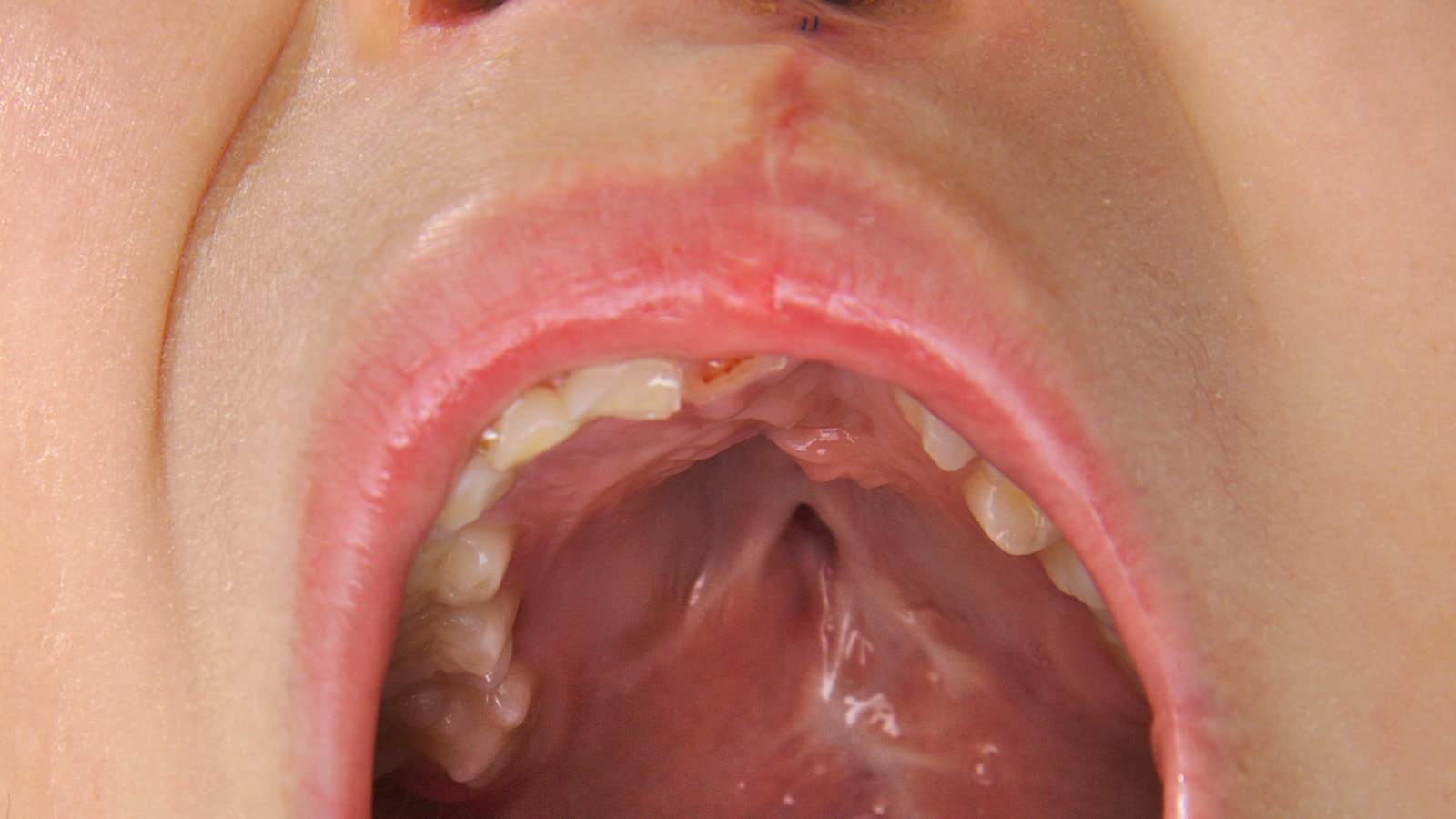
Dysmorphism, cleft palate, and loose skin are medical conditions that can affect individuals in various ways. Dysmorphism refers to abnormal physical features, often due to genetic mutations. A cleft palate is a gap in the roof of the mouth, present from birth, which can cause feeding and speech difficulties. Loose skin might result from genetic disorders, aging, or significant weight loss. Understanding these conditions helps in recognizing symptoms early and seeking appropriate treatment. This article will provide 25 intriguing facts about these conditions, shedding light on their causes, symptoms, and treatments. Get ready to learn some surprising details!
Key Takeaways:
- "Dysmorphism means having different physical features, which can be caused by genetic mutations. Early diagnosis helps manage health conditions effectively."
- "Cleft palate and loose skin are common dysmorphic conditions. Surgery and therapy can help, and genetic counseling provides valuable information for families."
Understanding Dysmorphism
Dysmorphism refers to the presence of physical features that are different from the typical anatomy. These differences can be subtle or pronounced and often indicate underlying genetic conditions.
- Dysmorphism can affect any part of the body, including the face, limbs, and internal organs.
- Genetic mutations are a common cause of dysmorphic features.
- Some dysmorphic traits are harmless, while others can be linked to serious health issues.
- Dysmorphic features are often identified through physical examinations and genetic testing.
- Early diagnosis of dysmorphism can help manage associated health conditions more effectively.
Insights into Cleft Palate
A cleft palate is a congenital condition where there is an opening in the roof of the mouth due to incomplete fusion during fetal development. This condition can affect feeding, speech, and hearing.
- Cleft palate occurs in about 1 in 1,700 live births worldwide.
- It can occur alone or alongside a cleft lip, another common congenital condition.
- Surgery is the primary treatment for repairing a cleft palate.
- Children with a cleft palate often require speech therapy to improve communication skills.
- Genetic and environmental factors, such as maternal smoking, can increase the risk of cleft palate.
Exploring Loose Skin
Loose skin can result from various factors, including aging, rapid weight loss, and certain medical conditions. It can affect self-esteem and physical comfort.
- Collagen and elastin are proteins that keep skin firm and elastic.
- As people age, the production of collagen and elastin decreases, leading to loose skin.
- Rapid weight loss can cause loose skin because the skin doesn't have time to shrink back.
- Conditions like Ehlers-Danlos syndrome can cause loose skin due to defective connective tissue.
- Regular exercise and a healthy diet can help maintain skin elasticity.
Genetic Conditions and Dysmorphism
Many genetic conditions present with dysmorphic features, which can help in diagnosing these conditions early.
- Down syndrome is characterized by distinct facial features, such as a flat nasal bridge and almond-shaped eyes.
- Turner syndrome affects females and includes features like a webbed neck and low-set ears.
- Marfan syndrome often presents with long limbs and fingers, as well as cardiovascular issues.
- Noonan syndrome includes features like a broad forehead, wide-set eyes, and a short stature.
- Williams syndrome is marked by a unique facial appearance, including a broad forehead and full cheeks.
Managing Health Issues Related to Dysmorphism
Addressing the health issues associated with dysmorphic features often requires a multidisciplinary approach.
- Regular check-ups with a pediatrician can help monitor growth and development in children with dysmorphic features.
- Genetic counseling can provide families with information about the inheritance and risks of genetic conditions.
- Physical therapy may be necessary for children with motor skill delays due to dysmorphic features.
- Psychological support can help individuals and families cope with the emotional impact of dysmorphic conditions.
- Advances in medical research continue to improve the diagnosis and treatment of conditions associated with dysmorphism.
Final Thoughts on Dysmorphism, Cleft Palate, and Loose Skin
Understanding dysmorphism, cleft palate, and loose skin can make a big difference in how we approach these conditions. Each has unique challenges but also solutions that improve quality of life. Early diagnosis and intervention are key. For dysmorphism, recognizing physical traits helps in managing associated health issues. Cleft palate often requires surgical repair and speech therapy, but many lead normal lives post-treatment. Loose skin, whether from weight loss or aging, can be managed with medical procedures or lifestyle changes. Knowledge empowers us to support those affected and advocate for better healthcare options. Stay informed, be compassionate, and remember that everyone deserves respect and understanding, regardless of their physical differences.
Frequently Asked Questions
Was this page helpful?
Our commitment to delivering trustworthy and engaging content is at the heart of what we do. Each fact on our site is contributed by real users like you, bringing a wealth of diverse insights and information. To ensure the highest standards of accuracy and reliability, our dedicated editors meticulously review each submission. This process guarantees that the facts we share are not only fascinating but also credible. Trust in our commitment to quality and authenticity as you explore and learn with us.
